SUMMARY
This is AI generated summarization, which may have errors. For context, always refer to the full article.
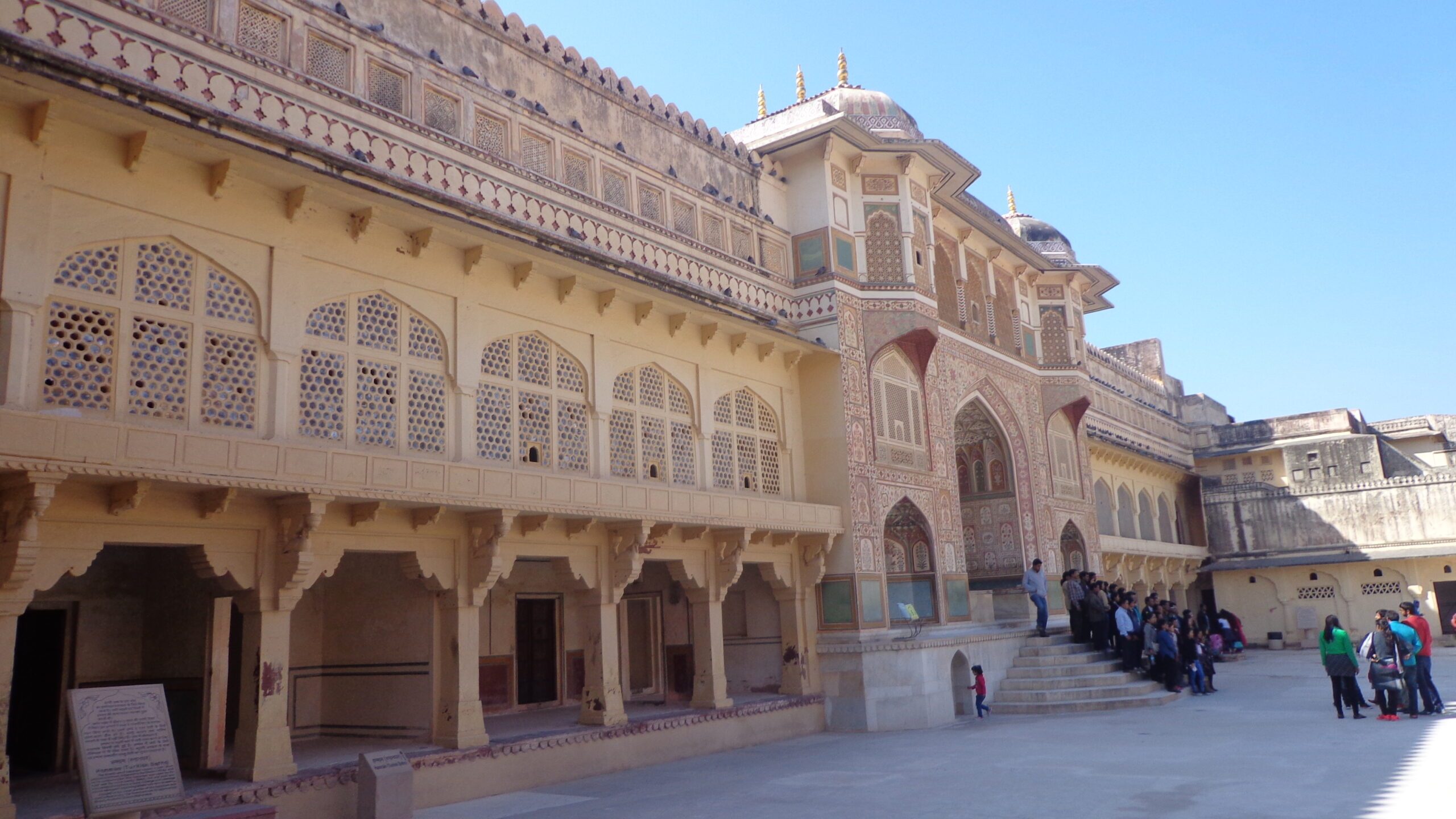
India is a fascinating country of extremes, beauty, poverty, history and culture. As you may have heard or read before, it can be an attack on the senses on a literal and figurative level. It’s one of those places you’ll have a love-hate relationship with. However, it’s also the kind of place that grows on you when you finally get to peel off the layers.
Places to See
India is a huge country that is different from place to place, some parts may be cold during one part of the year, while another might be summery. Some of the architecture and culture may be the same in one region, but completely different in another. Exploring this country is an adventure in itself. Here are some of the places I’d recommend visiting during your trip.
- Agra
When one hears or reads about Agra, they automatically think of the Taj Mahal, which is one of the most iconic and recognizable landmarks and structures in India. It comes as no surprise that this UNESCO Heritage Site is usually on many people’s lists of places to visit in the country. Its majestic white color and intricate designs are picture perfect from any angle, despite the crowds that come and go.
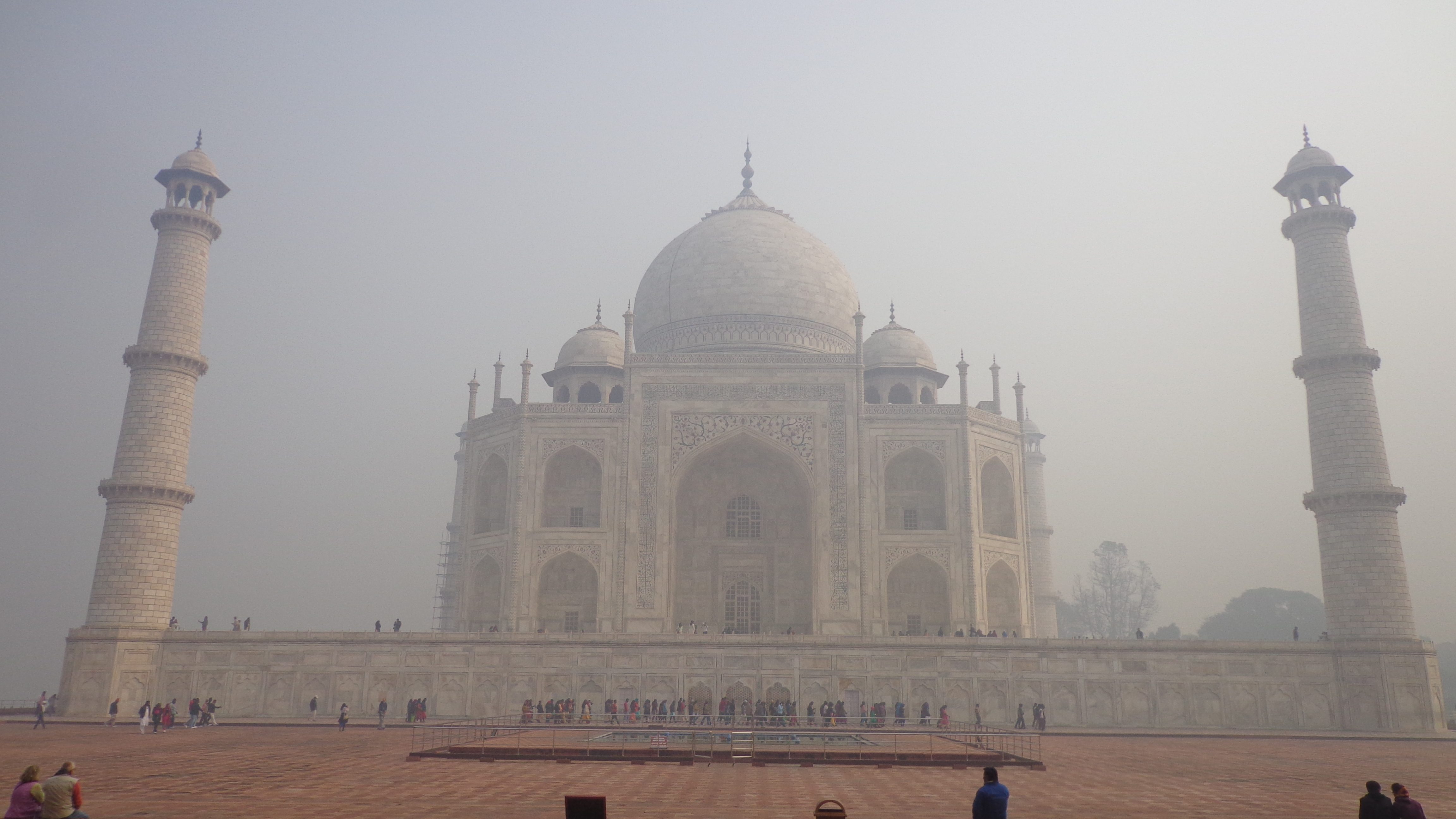
Another noteworthy attraction near the Taj is Agra Fort, a UNESCO Heritage-listed site that dates back to the 11th century. You can avail of a combined ticket to visit both attractions for 1000 Indian Rupees (INR) per person.
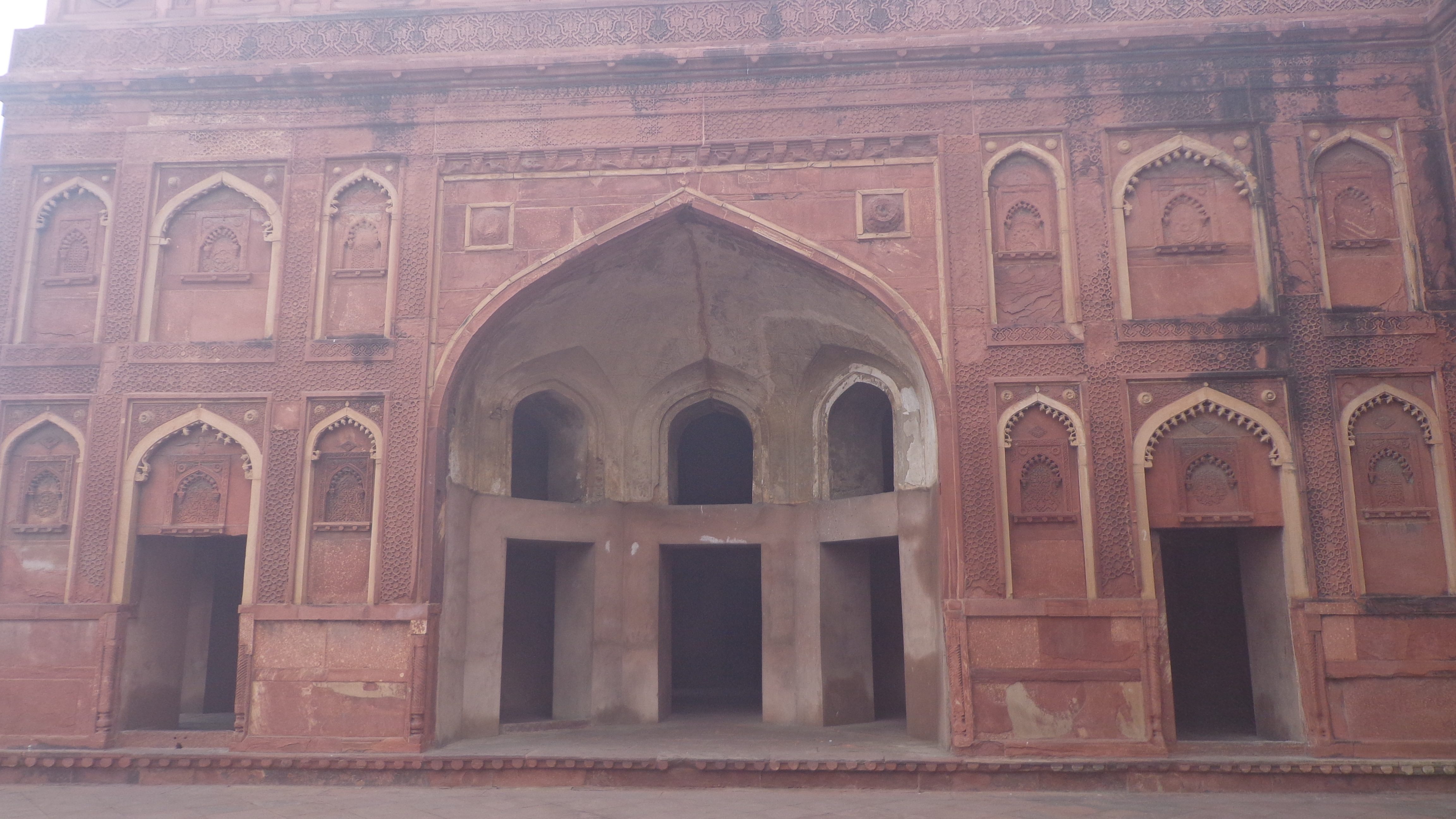
- Delhi
Delhi is a crazy beautiful city, with some parts affluent, while others look like they’ve been left behind in another epoch. This metropolis is a collision of contradiction – it’s very modern yet has an old soul because of its rich history and culture. You can see people using motorized carts for moving their wares and tuktuks, mixed with the latest model of Toyota, and modern buildings side-by-side with decades or even centuries-old monuments.
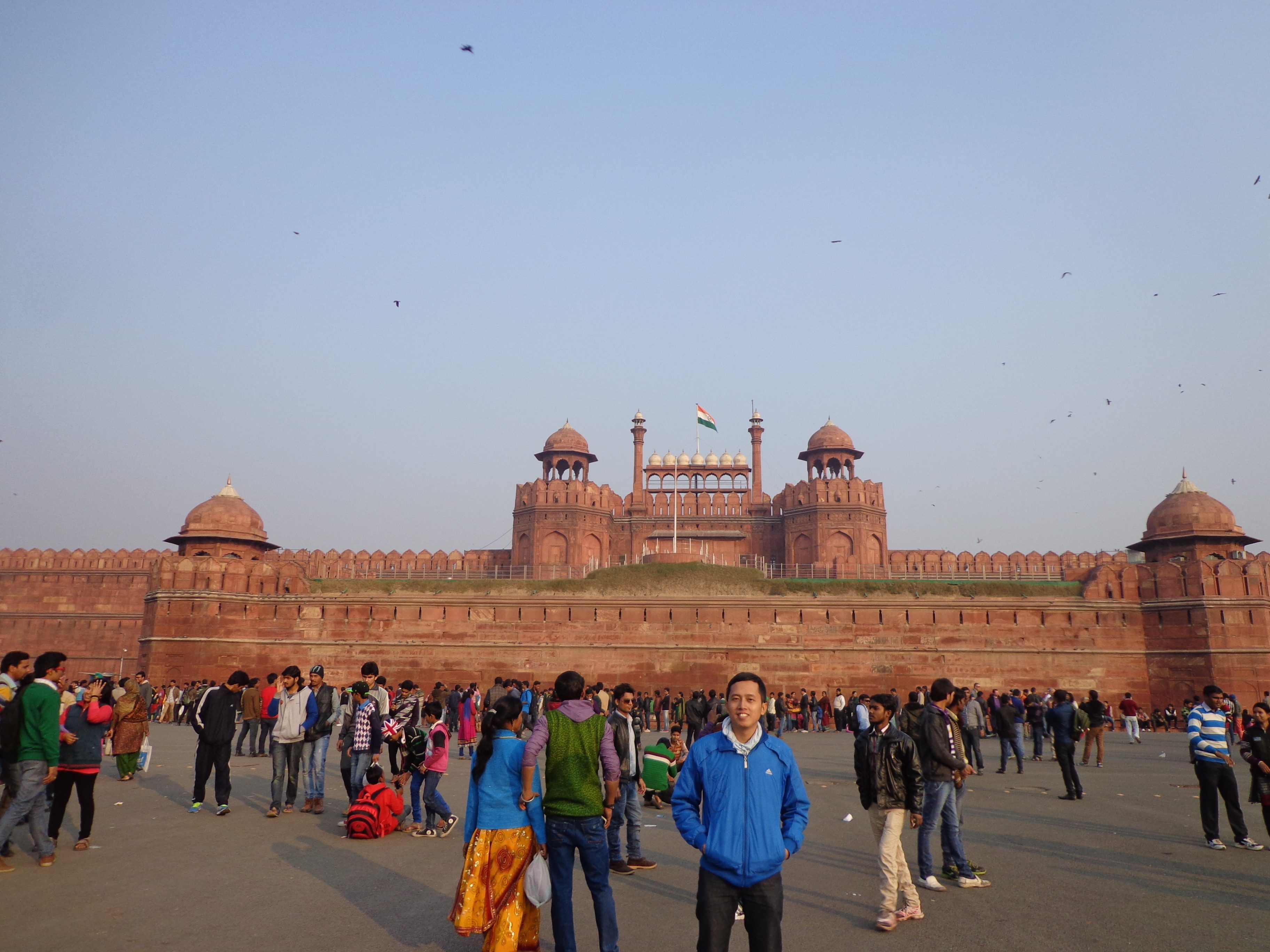
One of the attractions in the city is the Red Fort; a huge complex that served as the residence of the Mughal emperors for around two centuries. It accommodated royalty and is the ceremonial and political center of power during the rule of the Mughal dynasty. There is an entrance fee of INR 250 for the Red Fort.
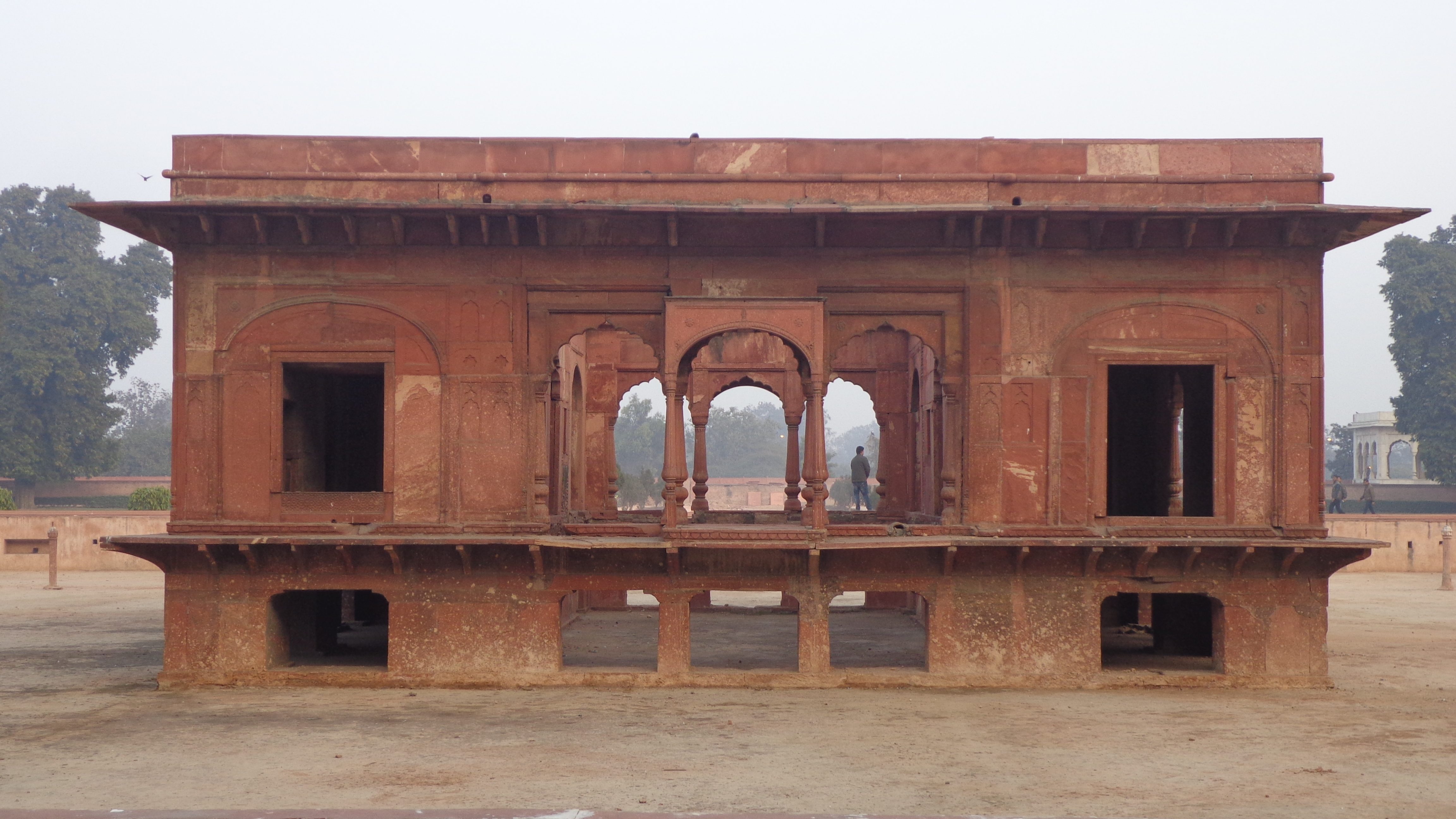
The ancient ruins of Qutub Minar are on UNESCO’s World Heritage List and are one of the noteworthy places to visit in Delhi. This site’s tower is 72.5 meters high and has more than 300 steps; its construction dates back to 1193. You have to pay a fee of INR 250 to enter the complex.
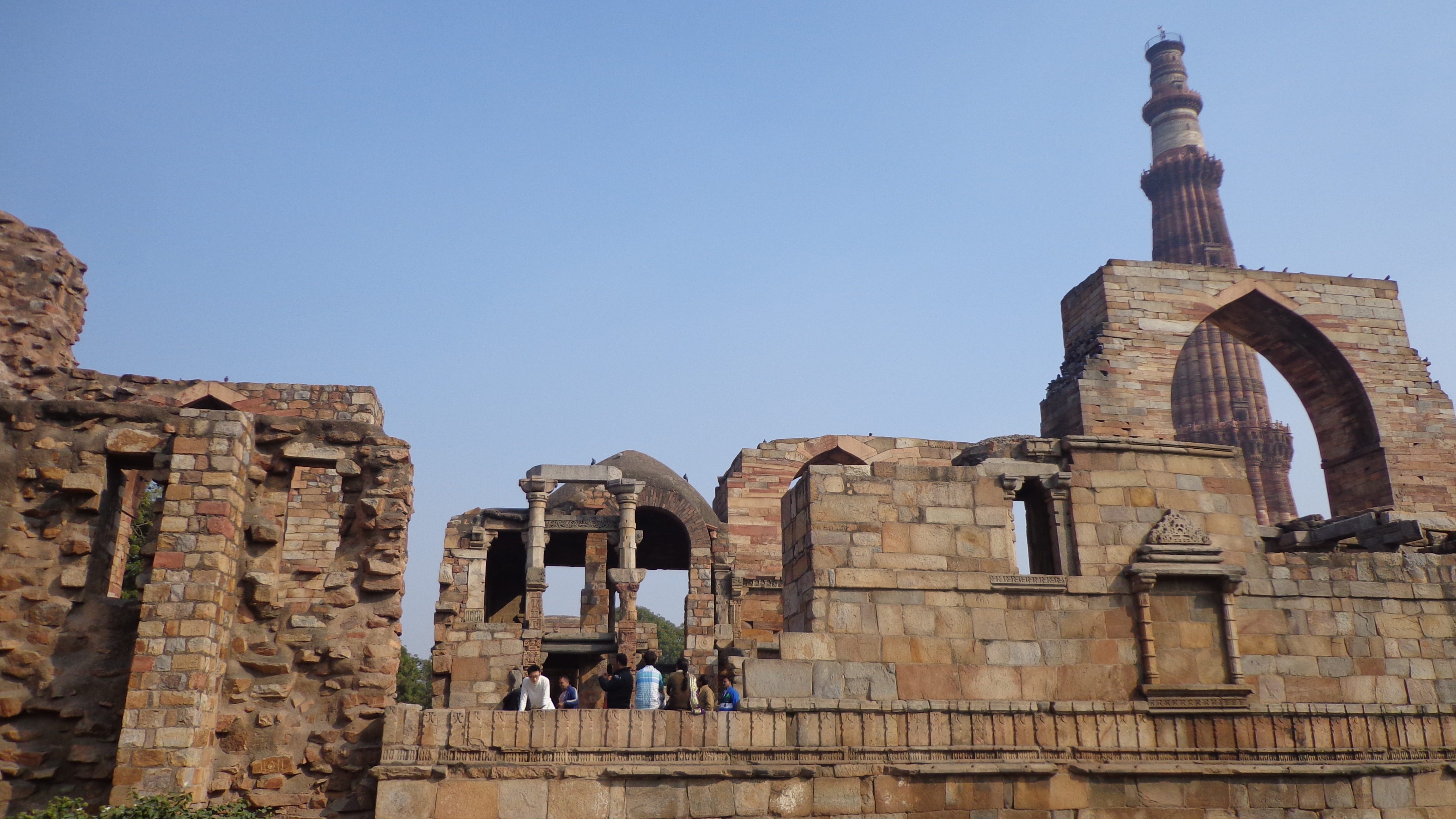
- Jaipur
Jaipur is the capital of Rajasthan and is its biggest city; it is also called the Pink City because of the distinctly pink tinge of the buildings in one part of the bustling metropolis. There are also quite a number of attractions in and outside the city.
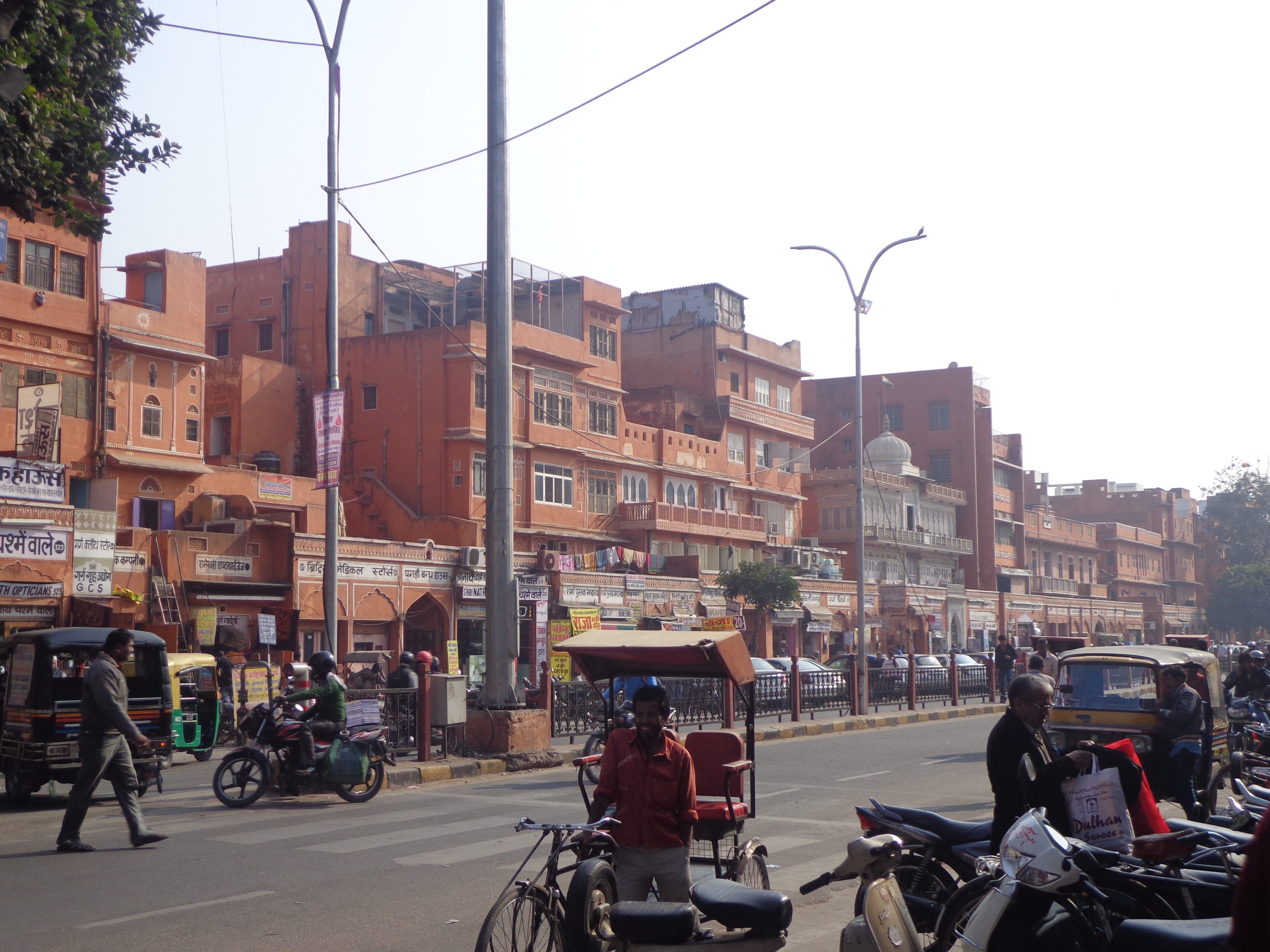
Hawa Mahal is one of the most iconic structures in Jaipur; also known as the “Palace of Winds” this magnificent building was built in 1799 by Maharaja Sawai Pratap Singh. The creators got their inspiration for the design from the crown of Krishna.
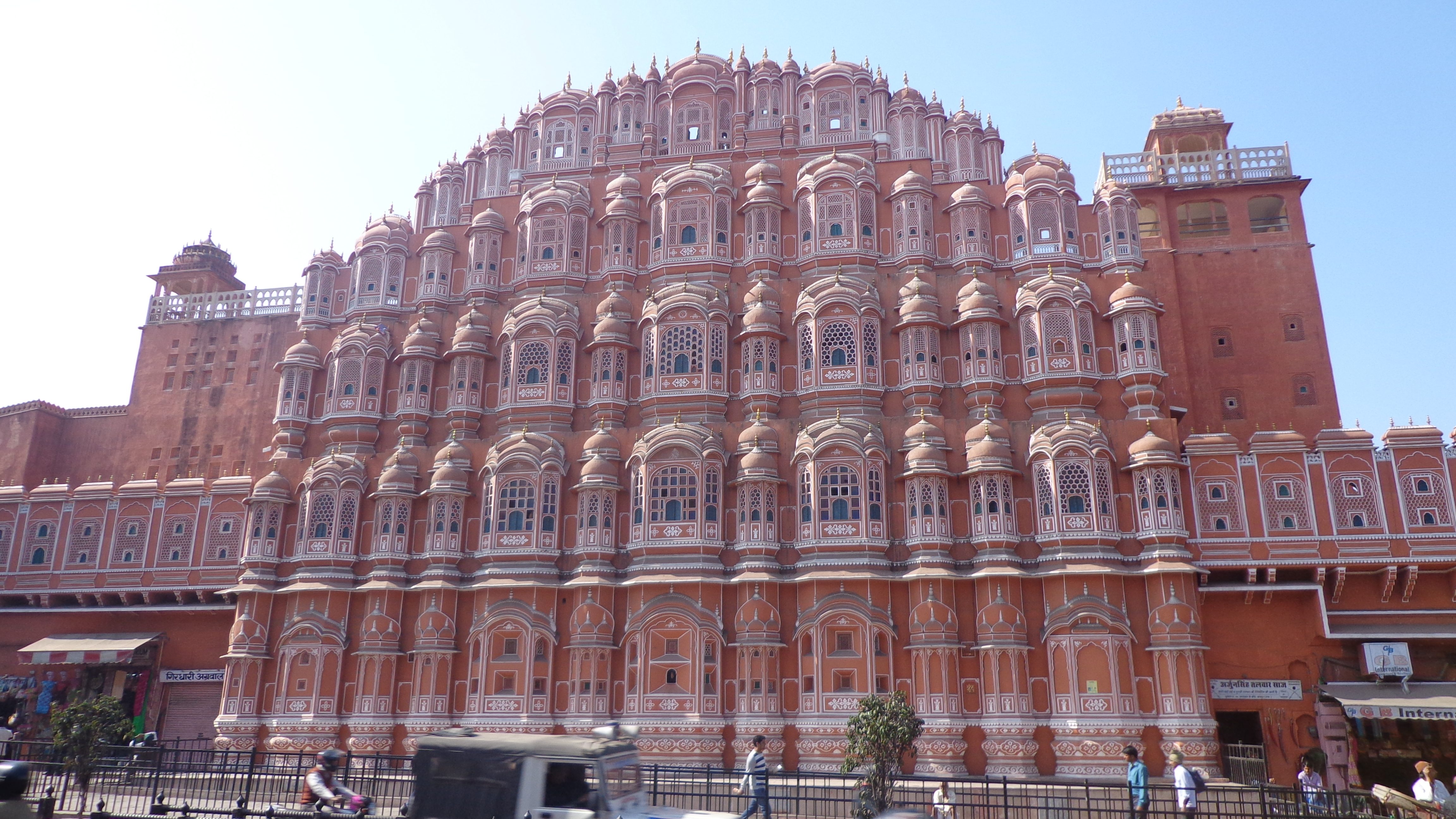
Rajasthan is famous for its forts and palaces; the City Palace is one such place to explore. This majestic complex is at the heart of the metropolis, it includes the Mubarak Mahal, Diwan-I-Kas, and the Chandra Mahal just to name a few.
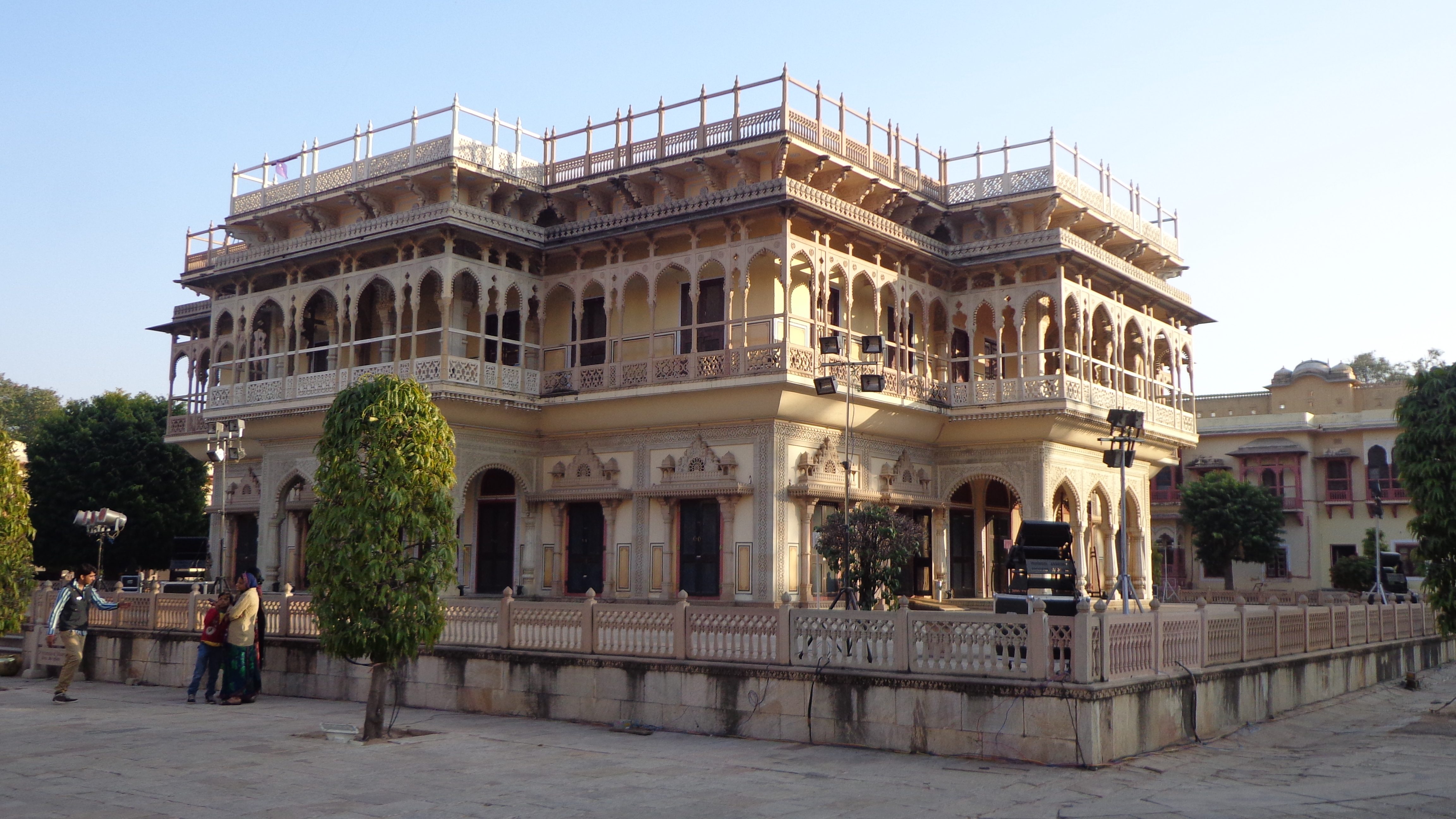
Jantar Mantar is another UNESCO World Heritage Site in Jaipur. Simply put, it is one big clock. This complex is a group of astronomical instruments used by ancient Indians. There are 14 geometric devices in the observatory that predict eclipses, track the locations of stars, and measure time just to name a few.
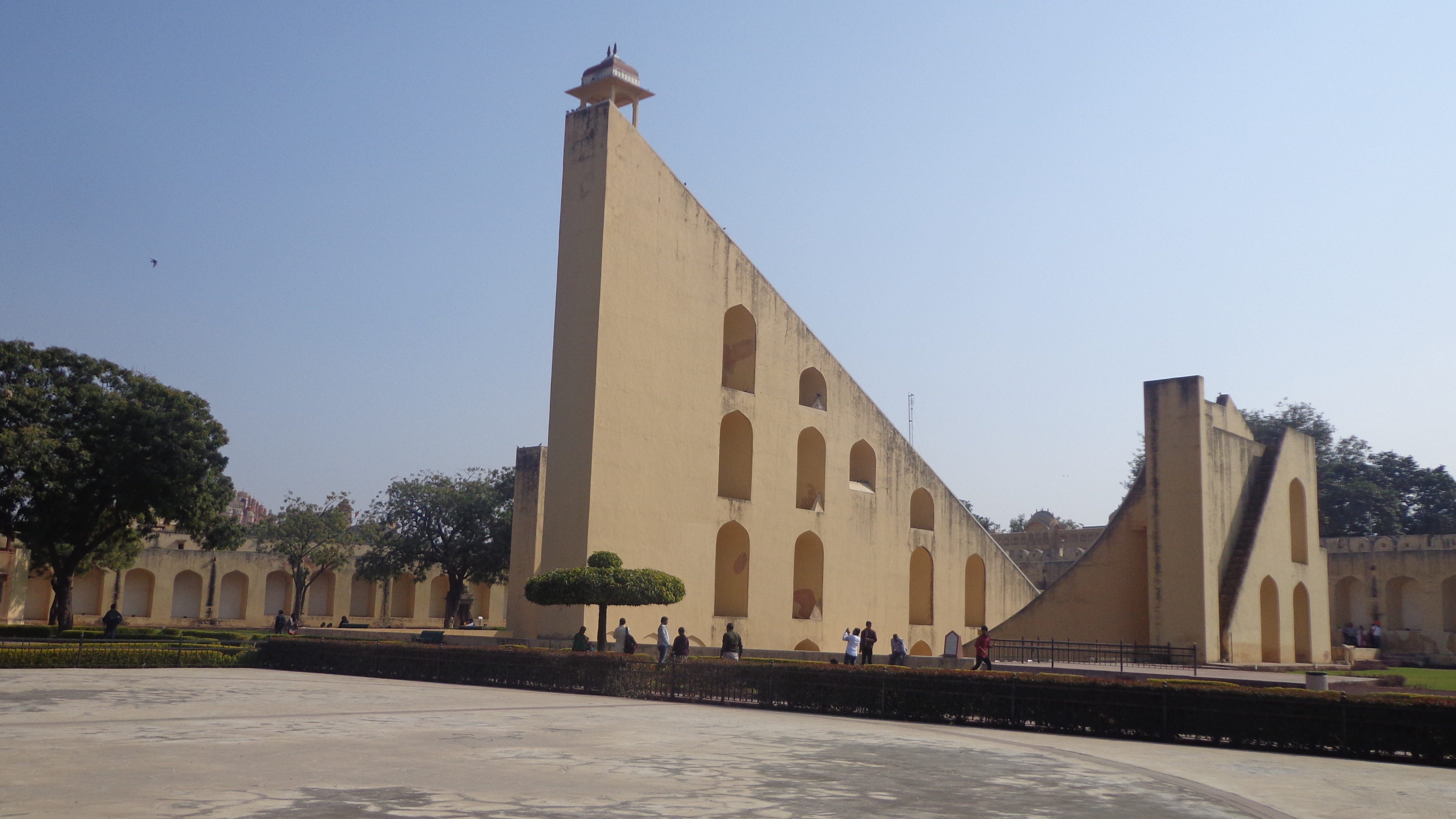
Amer or Amber Fort is a majestic and imposing structure in Jaipur built by Raja Man Singh. The huge complex has a beautiful courtyard, places of worship, towering gates, intricate designs on walls and marble structures.
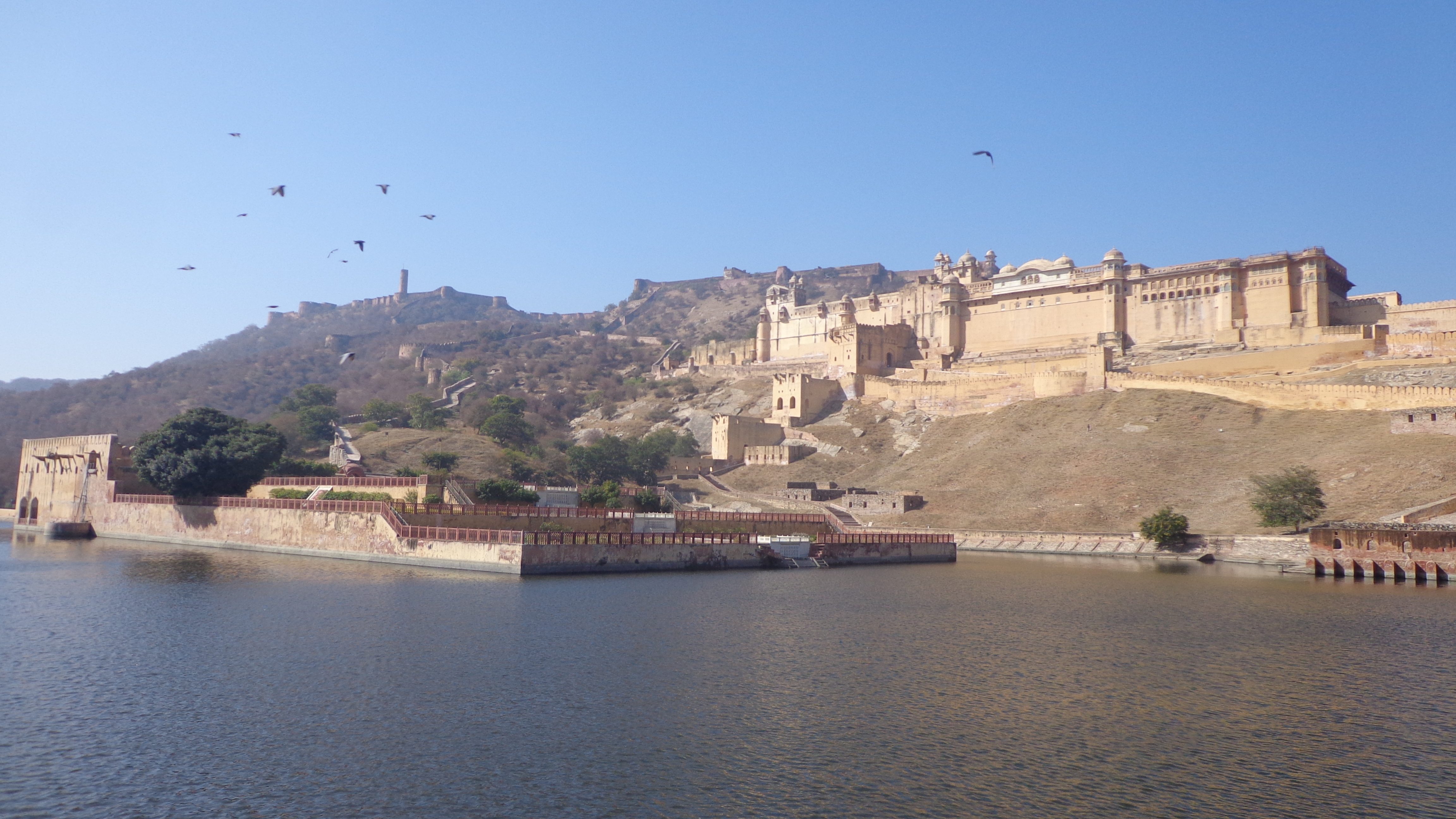
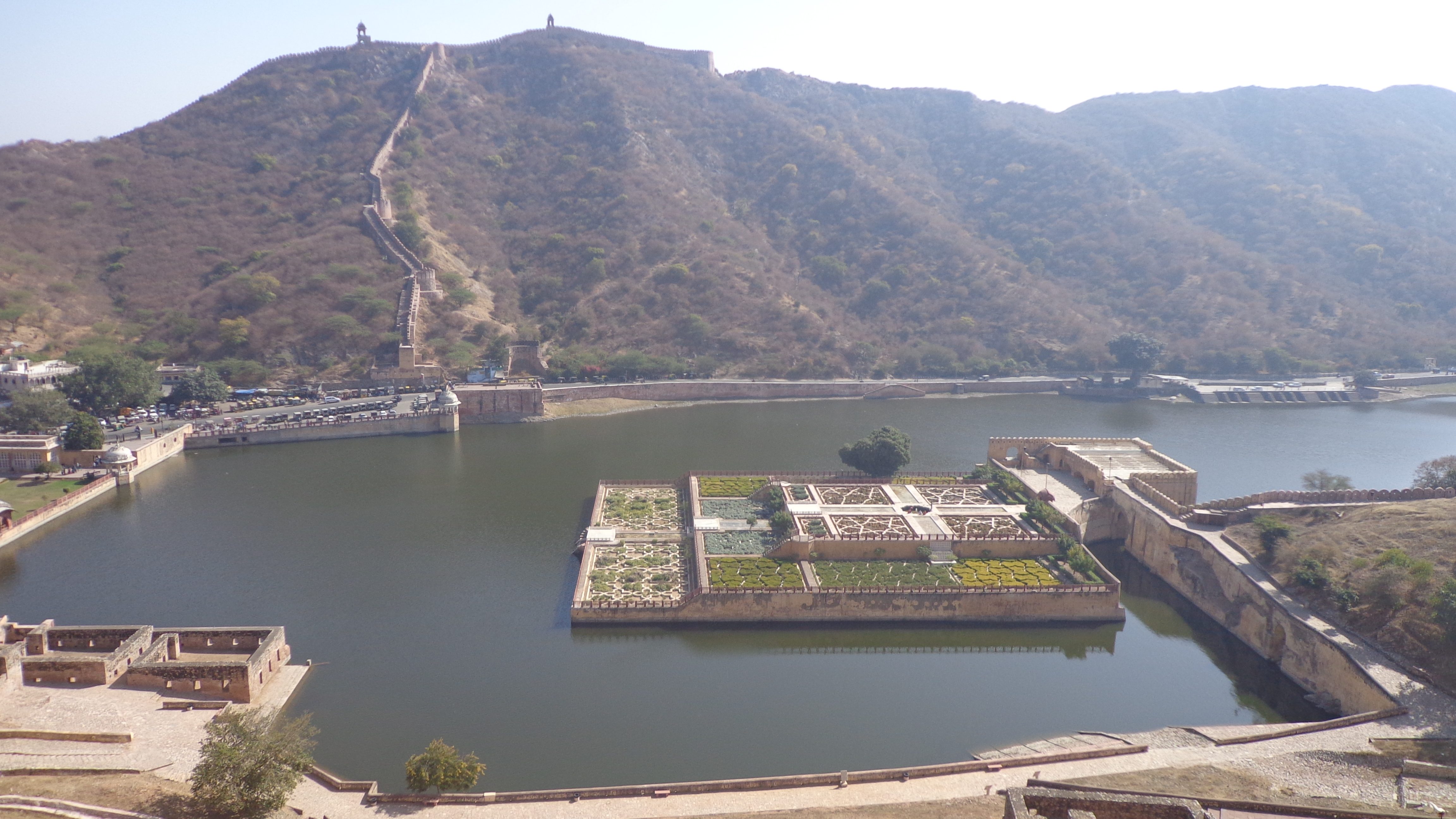
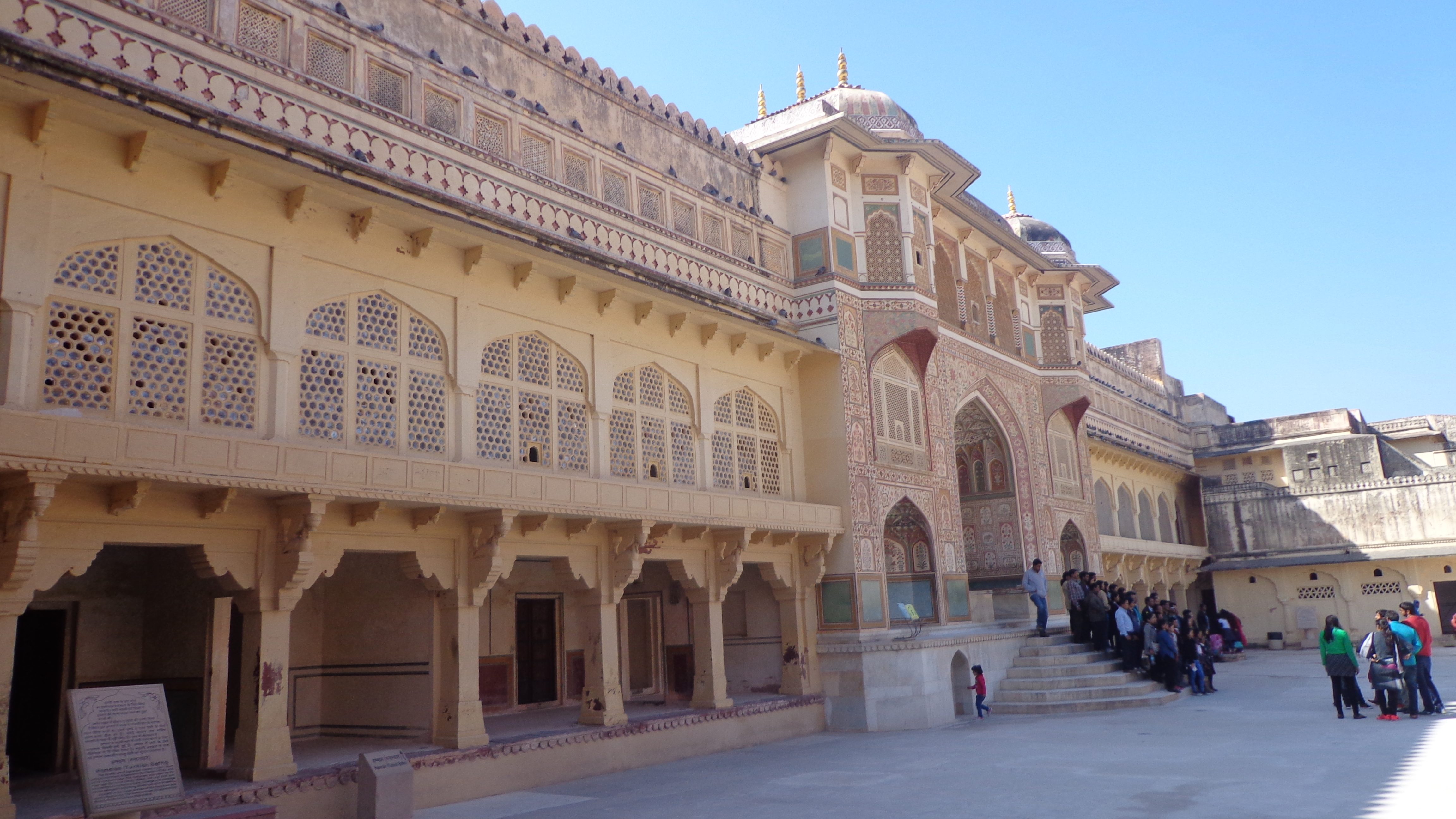
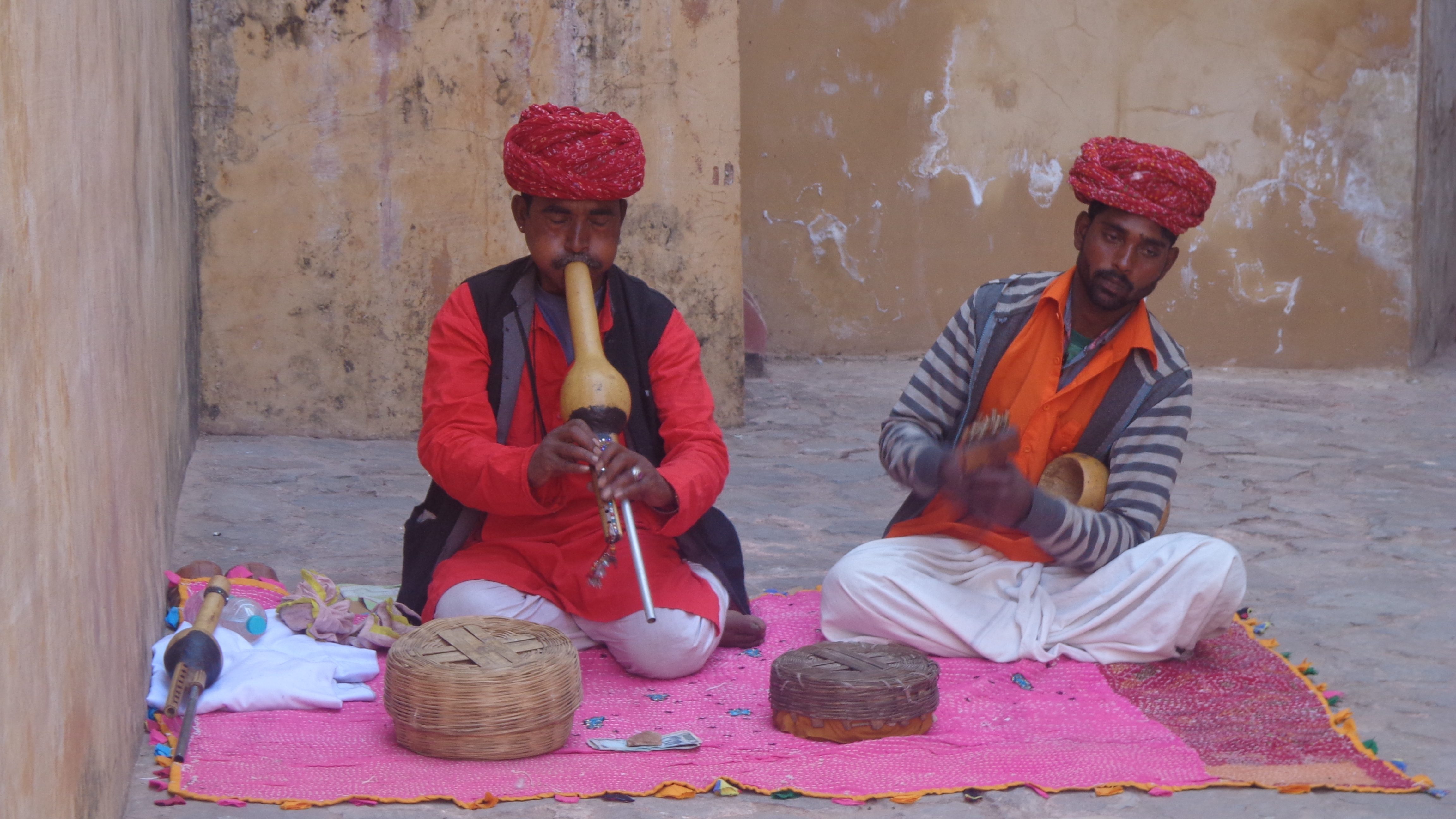
Buy the composite ticket that costs INR 400 because it includes a combination of attractions such as the Amber Fort, Jantar Mantar, Hawa Mahal and the Albert Hall Museum.
- Varanasi
Varanasi is an ancient city that has centuries of history; it is also an assault on the senses, as you will see cows wandering about, corpses by the river and rituals happening by the Ganges. The latter flows through Bangladesh and India; it is also a sacred river to the Hindus. The Hindus worship the river as the goddess Ganga in their religion. It is not just a sacred river; the Ganges sustains the locals as it is a main water source.
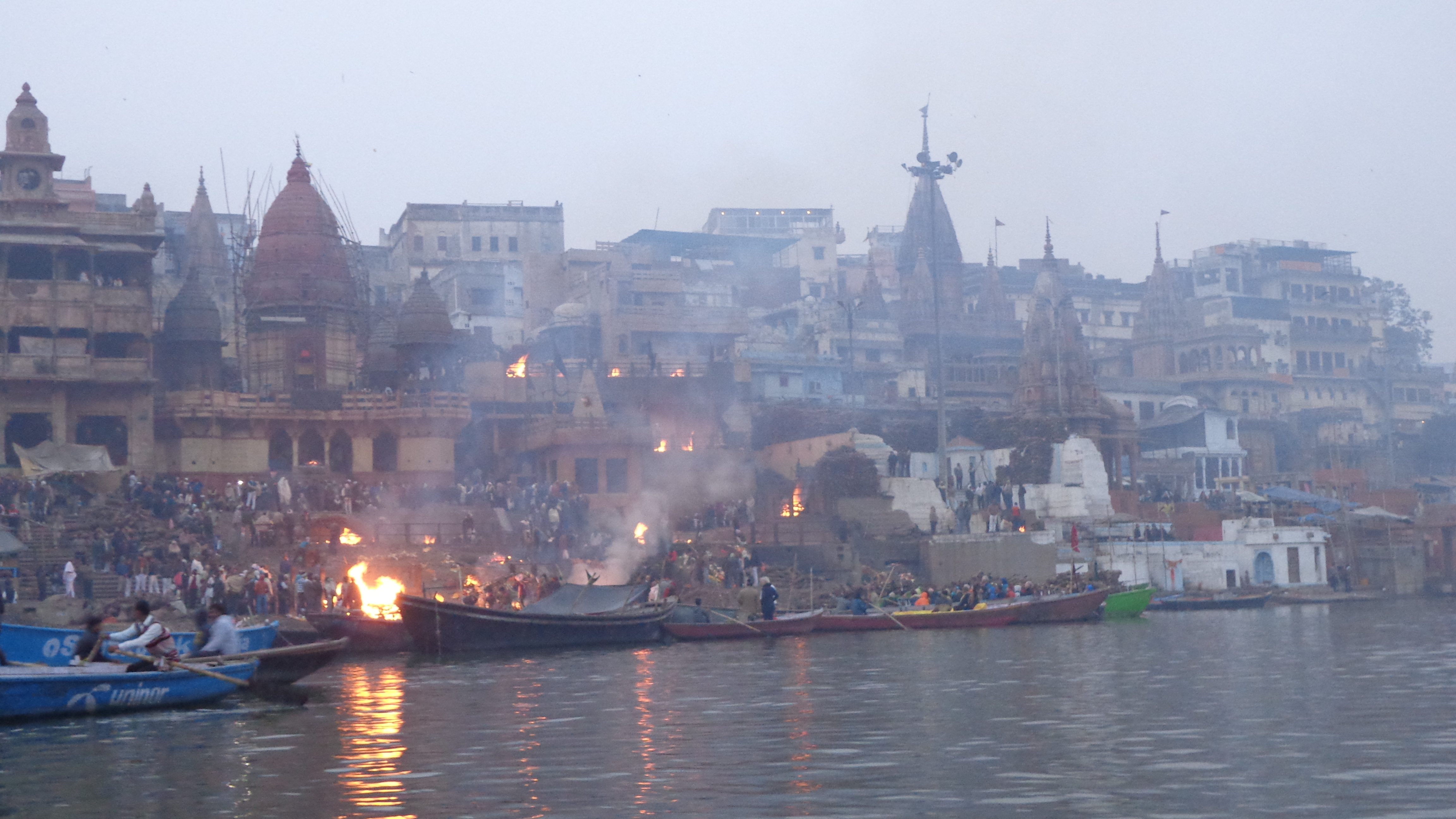
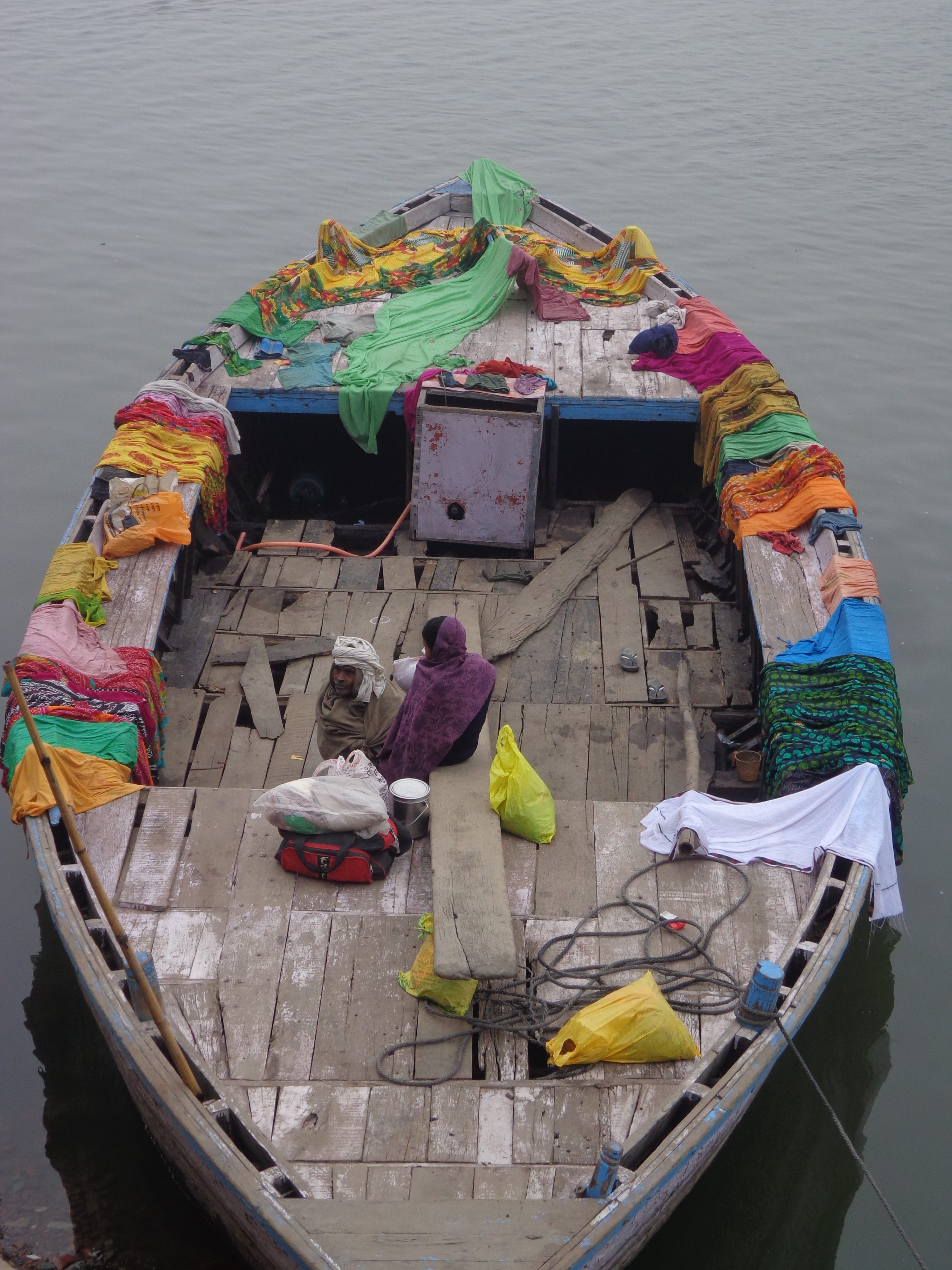
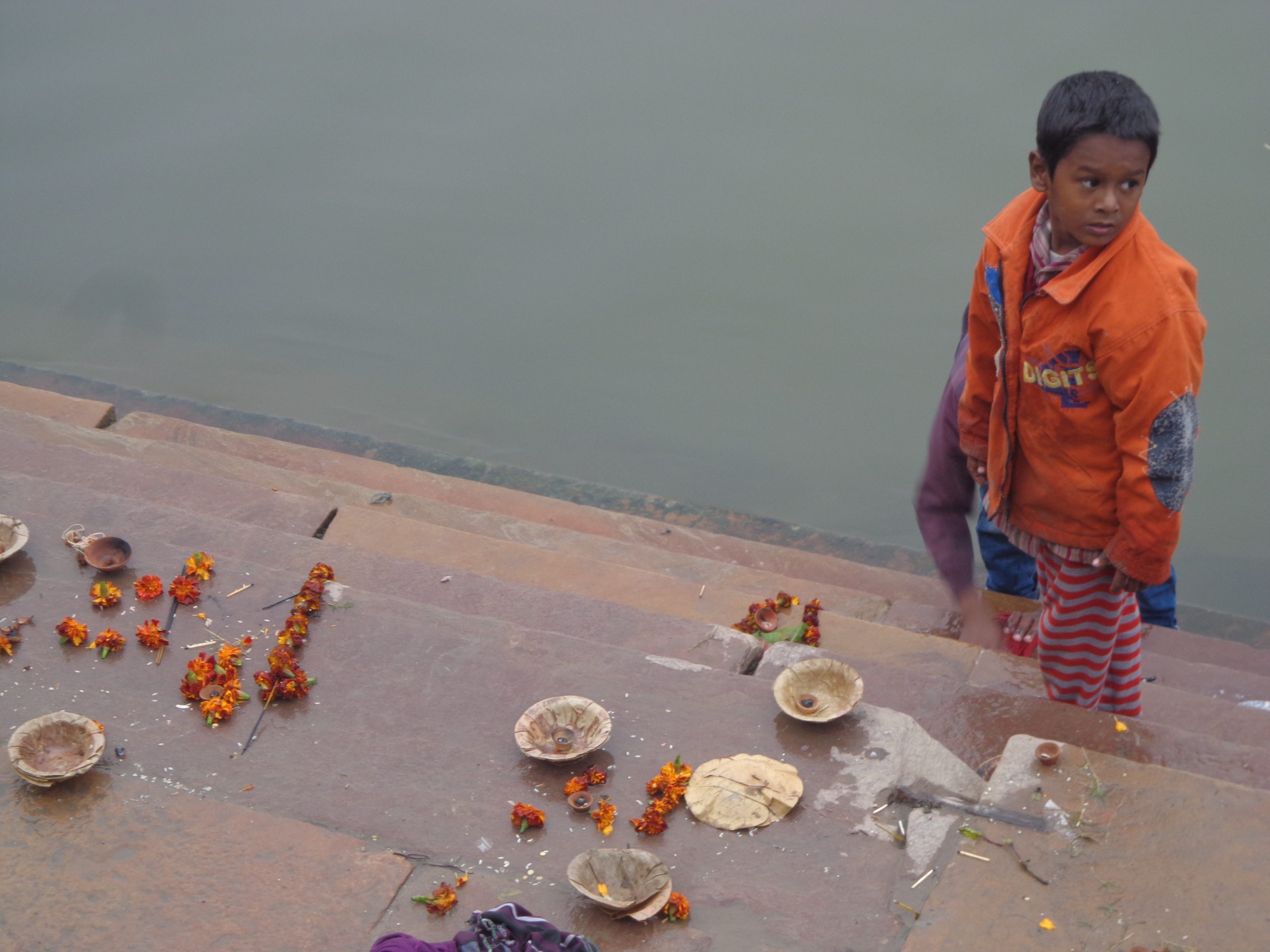
Sarnath Temple is a noteworthy day trip from Varanasi as it is the place where Buddha delivered his first sermon. The complex has a number of significant stupas in a ruinous state, some of which include the Chaukhandi, Dhamek, and Dharmarajika. Buddhists from different parts of the world visit Sarnath for their pilgrimage. There is an entrance fee of INR 100 for the temple.
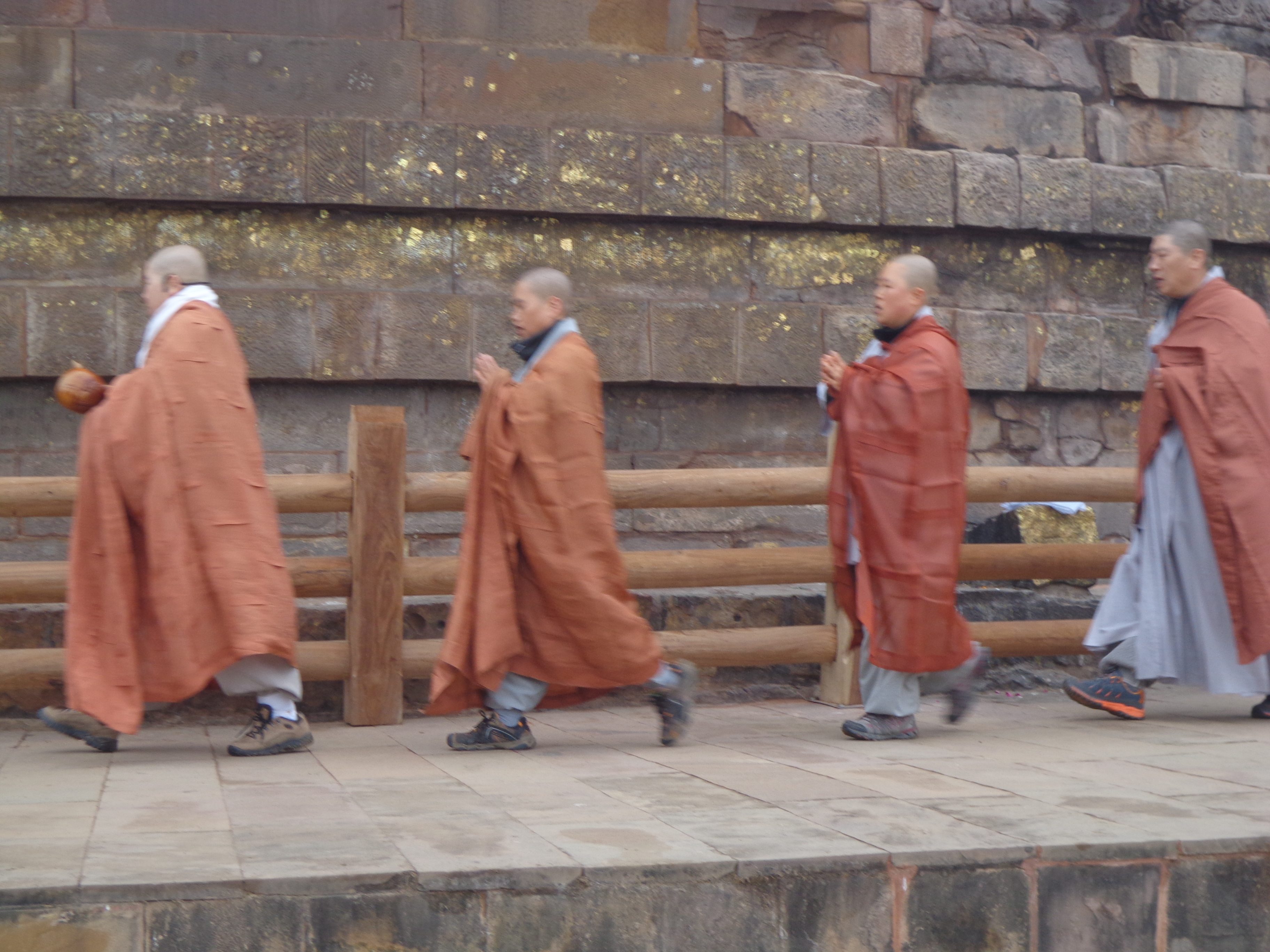
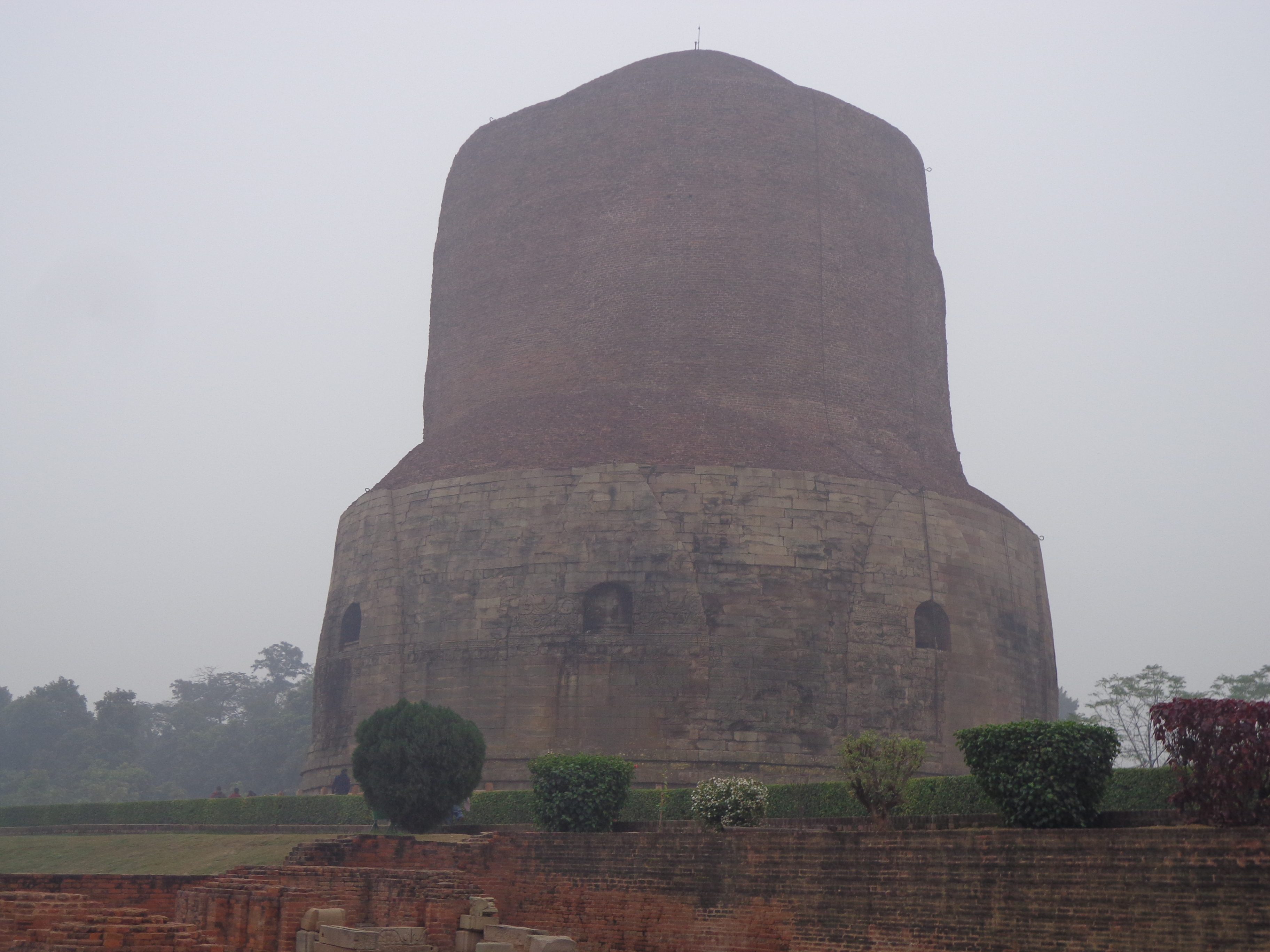
These are just some of the places to see while in India, it is a big and diverse country that changes its landscape, culture and history once you move from one region to another.
How much will you spend?
India is a backpacker’s dream destination, because it is affordable and in some cases, might even be cheaper than other Southeast Asian Countries. On average, you will spend somewhere between P800 to P1000 per day, and in some cases, you might spend even less. Accommodation is cheap, even if you stay in a nice hostel, the price for a dorm bed is around P300 to P500 per night. I’ve heard there are cheaper rooms available, if you look hard enough. There were some non-negotiables for me when it came to choosing a place to stay, and these included a decent common area and wi-fi. Cheaper accommodations may not have internet or have a poor connection.
Food in India is cheap, especially if you eat at food stalls or local restaurants. There are meals for P40 to P50 or even less. Some meals can cost you around P150 to P200, but the servings are large and may even be good enough for two people, depending on appetite.
One of your biggest expenses during your trip is the attractions, as these can eat into your budget. Some examples include the pricey combination ticket for the Taj Mahal and Agra fort which is approximately P760 per person. Make a list of the places you want to visit and cross out which ones you think you can do without.
Another major expense when traveling around India is transportation. Some cities have metro lines that make it cheap and convenient to visit spots around the city, these are really cheap at around INR 10 to INR 15, which is approximately P8 to P12 even if you’re destination station is far. Long distance and/or overnight train rides are part of the experience when traveling around India. The cabins have tiers with corresponding prices; from the cheapest hard seats to pricier ones, where seats are converted into beds with linen, pillow, blanket, and even a curtain. Higher tiered cabins can cost you around P1000 one way, while cheaper classes are cheap at approximately P130 one way depending on distance. Booking tickets in advance (weeks or months ahead) is advisable since train tickets, especially higher tiered ones, sell out quickly; checkout www.cleartrip.com when you book. – Rappler.com
Joshua Berida is a full time writer, part-time wanderer with insatiable wanderlust. He plans his next trip during a current one. He plans on exploring the Philippines and beyond. Read about his adventures on thewanderingjuan.net
Go see India! Check out our coupons for the best deals on travel.
Add a comment
How does this make you feel?
There are no comments yet. Add your comment to start the conversation.